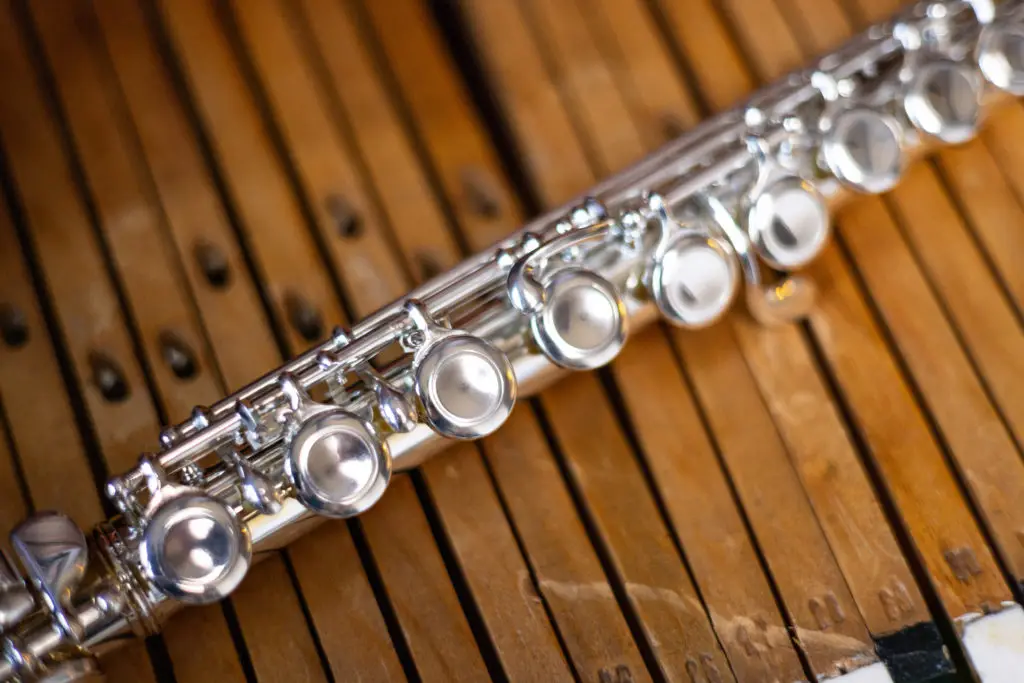
Flute
The flute, a delicate and versatile wind instrument, has a history dating back thousands of years, making it one of the oldest known musical instruments. Its origins can be traced to various cultures across the globe, with early versions made from materials like bone and wood. The modern flute, typically constructed from silver, gold, or other metals, is characterized by its slender, cylindrical shape and the absence of a reed. The instrument produces sound when the player blows across the mouthpiece, creating vibrations in the air column inside the flute.
Renowned for its ethereal and bright tones, the flute has found a prominent place in classical music, orchestras, and chamber ensembles. Composers such as Wolfgang Amadeus Mozart and Claude Debussy have utilized the flute’s expressive qualities to evoke a sense of grace and beauty in their compositions. The flute’s agility allows for the execution of intricate melodies and rapid passages, making it a favorite for solo performances and virtuosic displays. Its unique timbre has also made the flute a popular choice in various genres outside classical music, including folk, jazz, and world music.
Beyond its musical contributions, the flute’s portability and enchanting sound have cemented its role in cultural and ceremonial contexts. From traditional folk tunes to contemporary film scores, the flute’s ability to convey a wide range of emotions and moods has made it a beloved instrument across the musical spectrum. The flute’s timeless appeal, coupled with its adaptability, ensures its continued significance in shaping the diverse and evolving landscape of global music.
To book your first lesson, submit a Contact Form by clicking the link below
